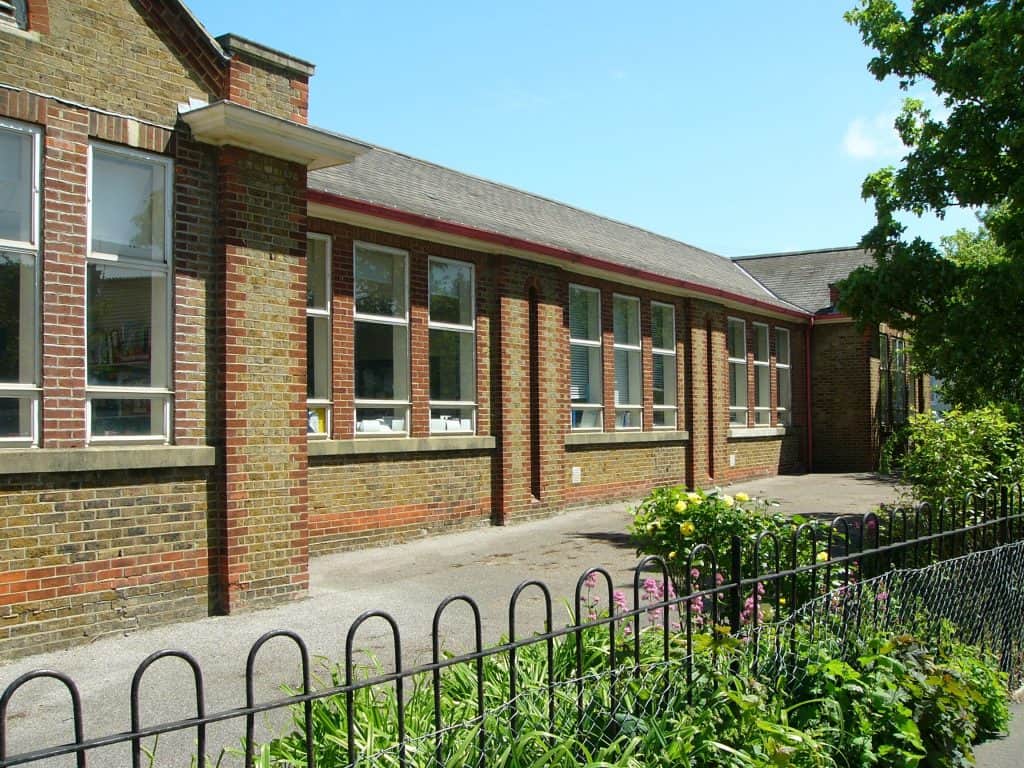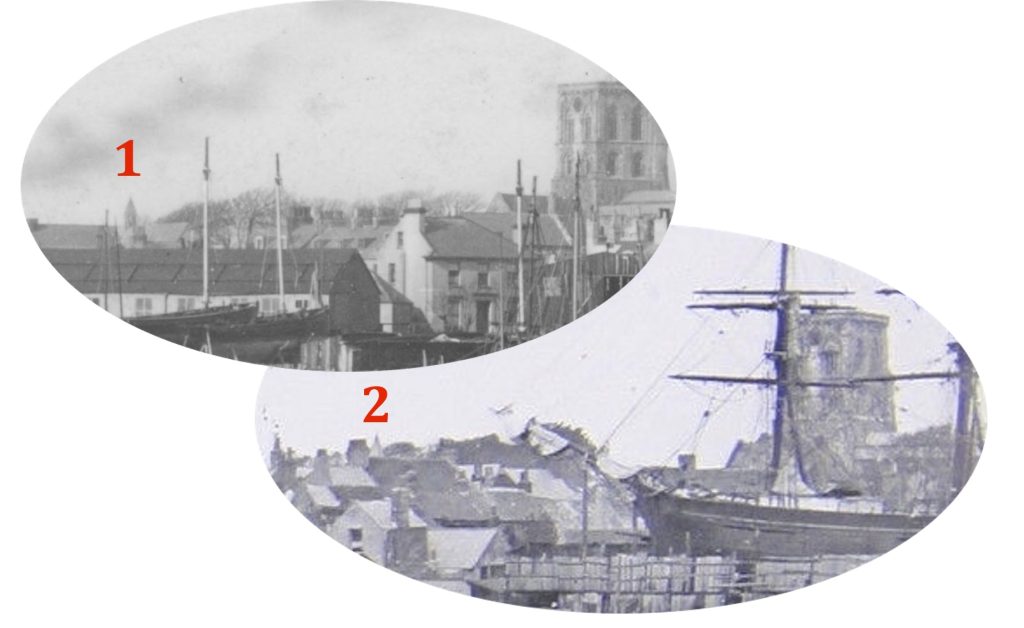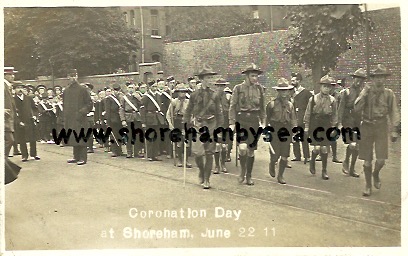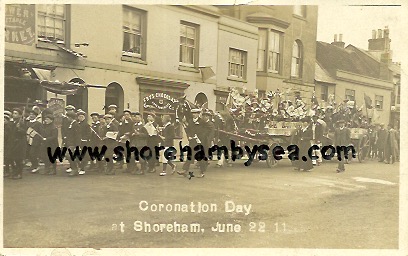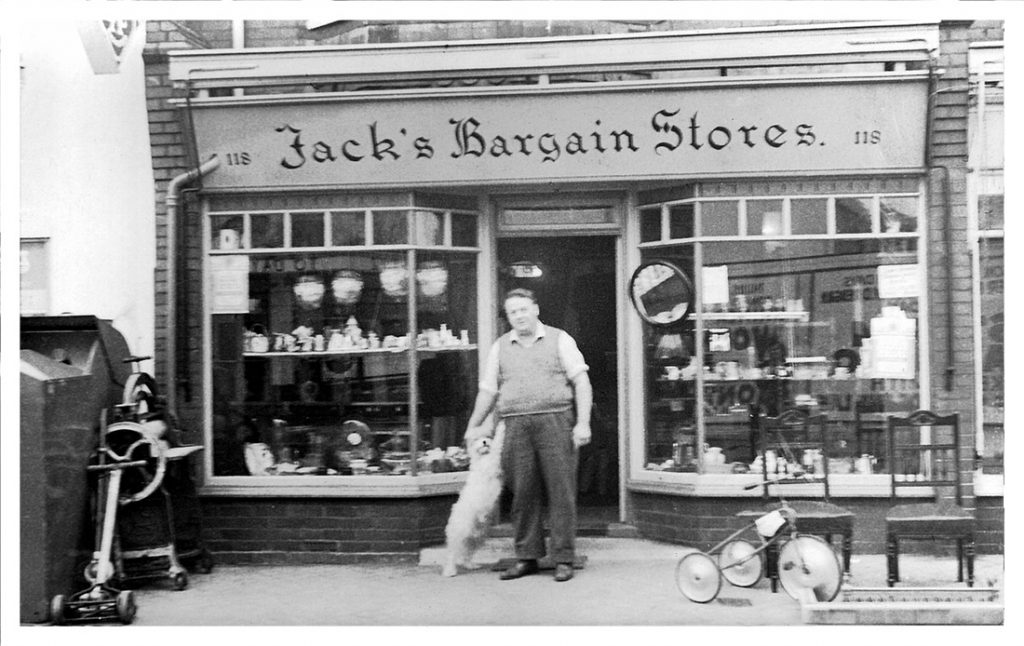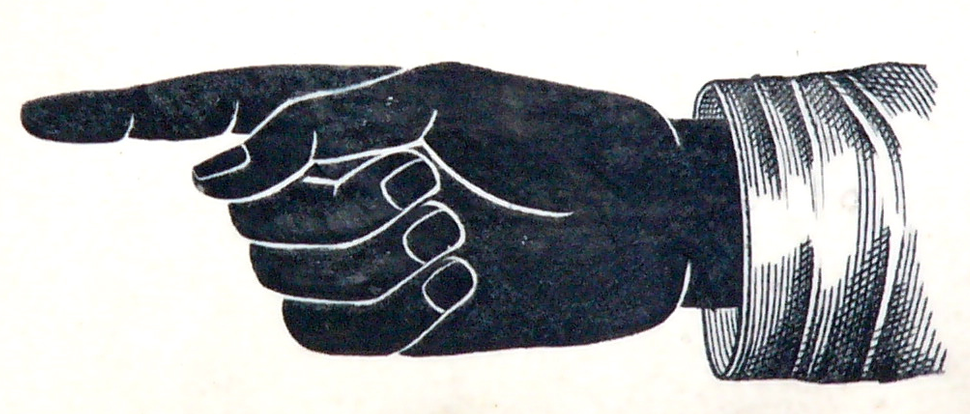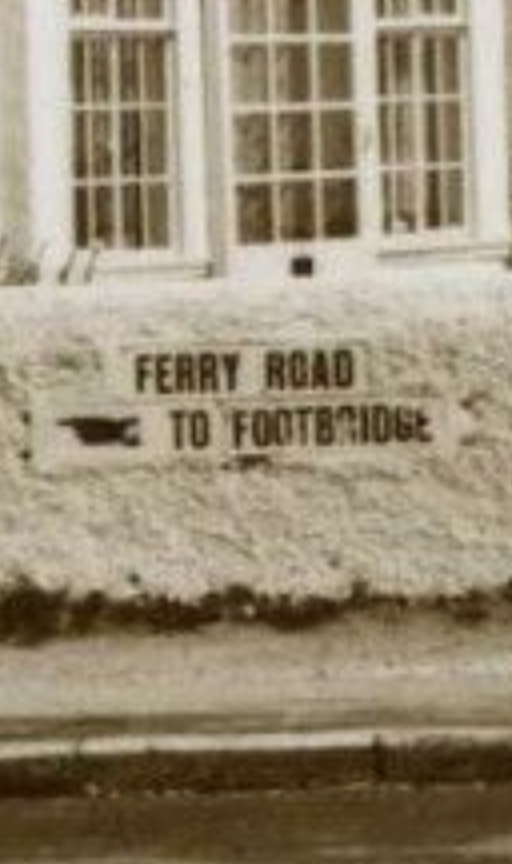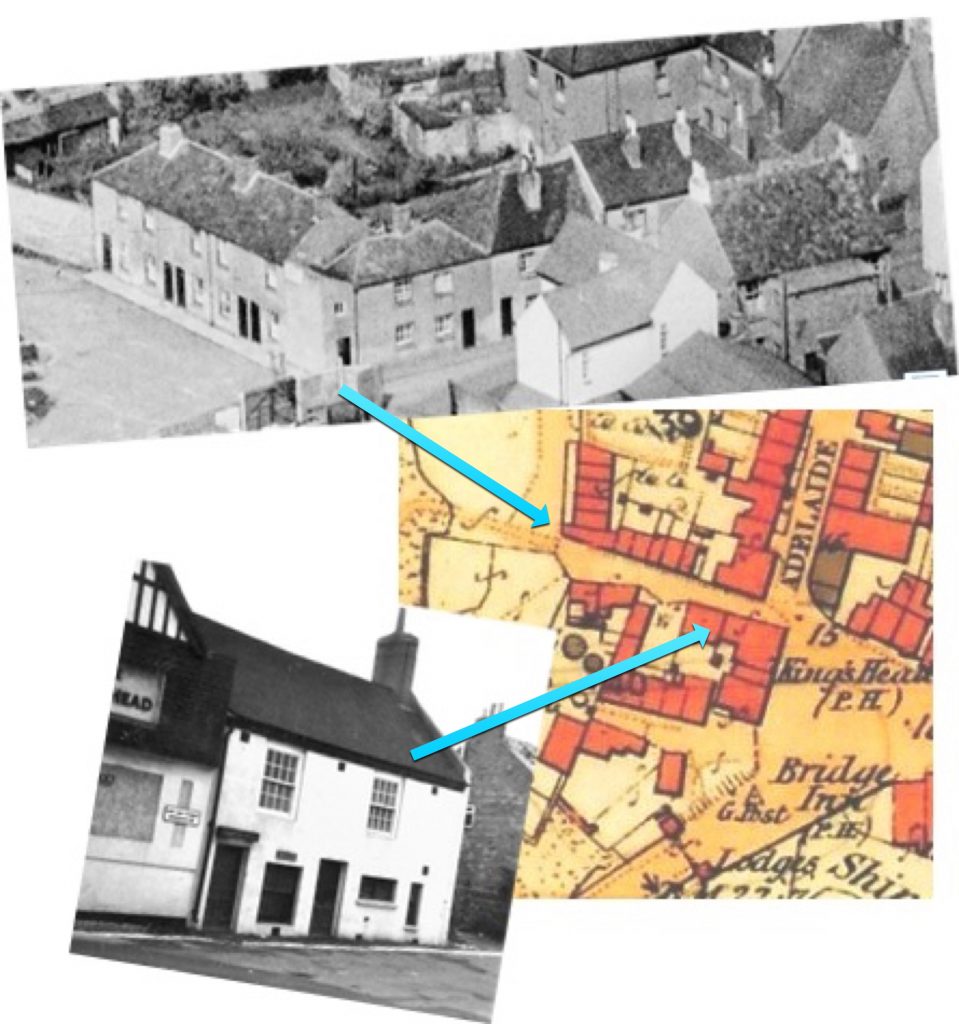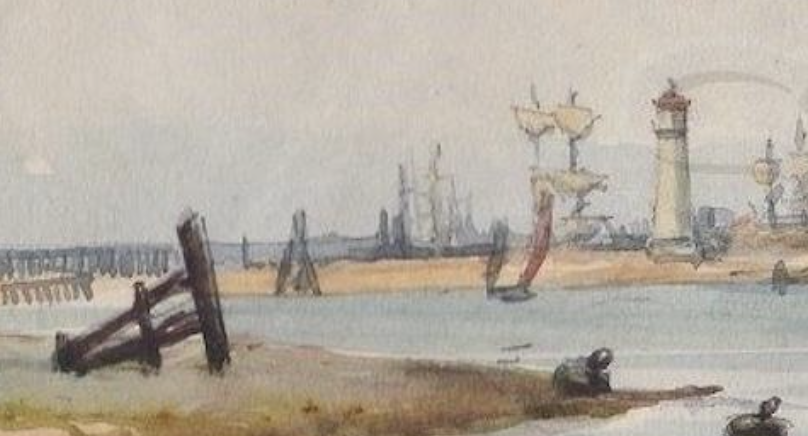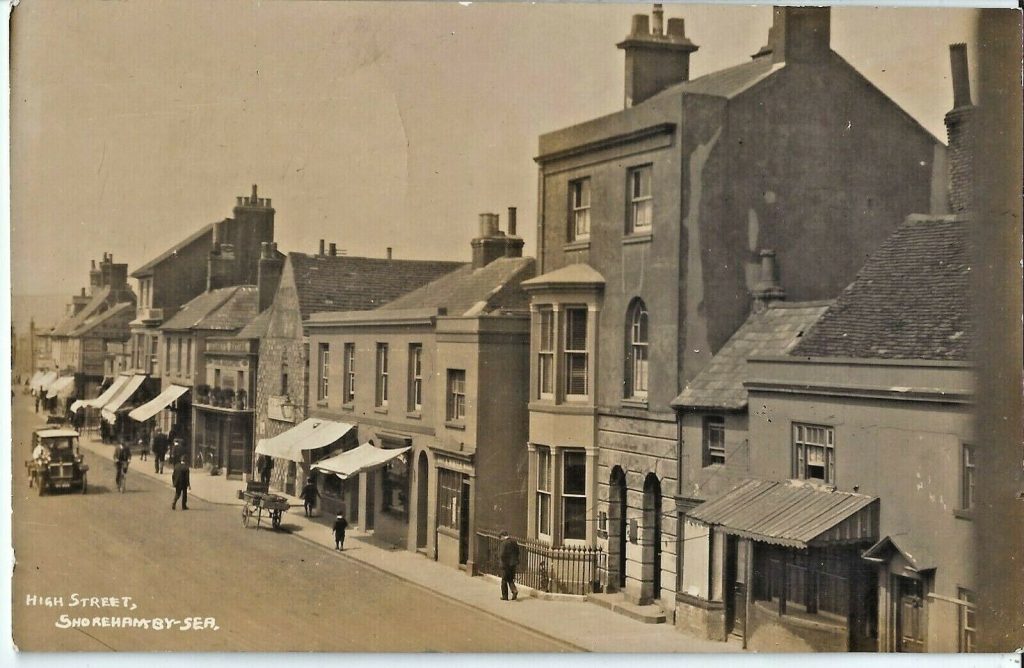GPO writes in 2020:
I recently came across this first picture of Star Gap. It may be familiar to others, but it’s not one I have seen before. The concrete part of Coronation Green seems to have been recently made up and has new concrete posts supporting chain-link fencing.
As we know that this part of the High Street was widened in the thirties, it must be after this time, although I understand that there had been a wharf in this position even before the buildings were demolished. But this view is obviously later than that.
What I find interesting is that the cottage or house (houses?) is quite different from what we see today. The main difference is that the present house is built right up to the retaining wall, whereas in this photo there is a path in between.
Continue reading “Star Gap mystery”


